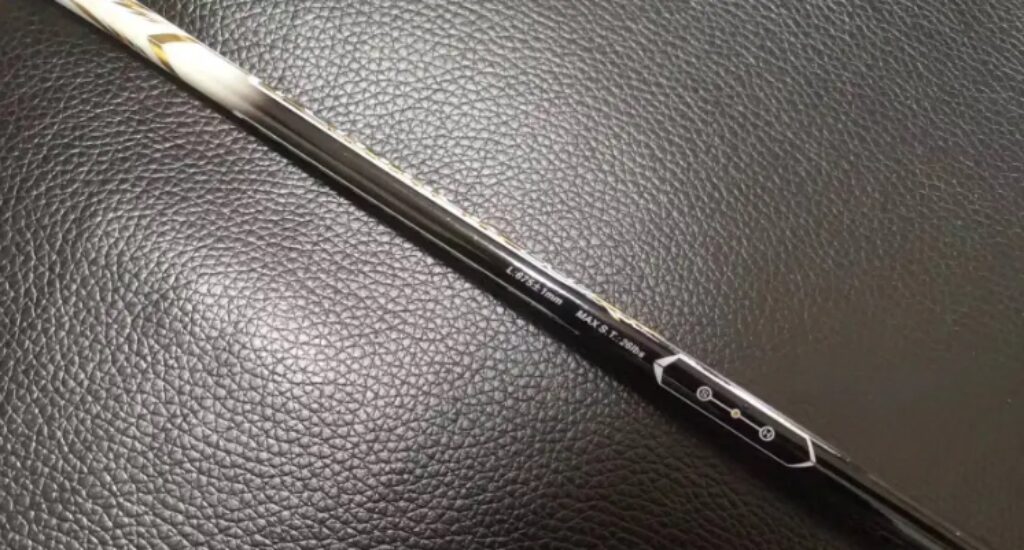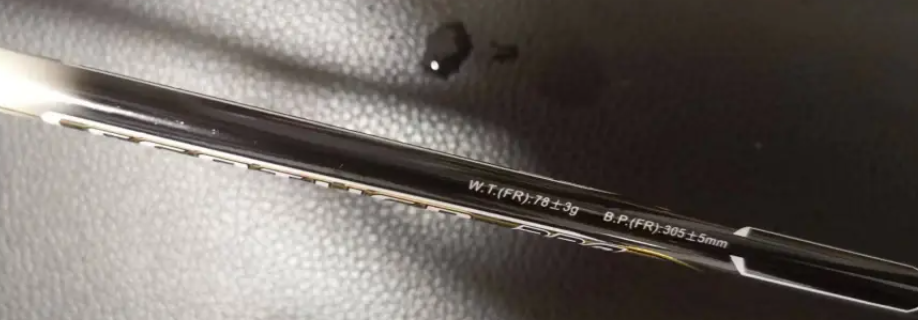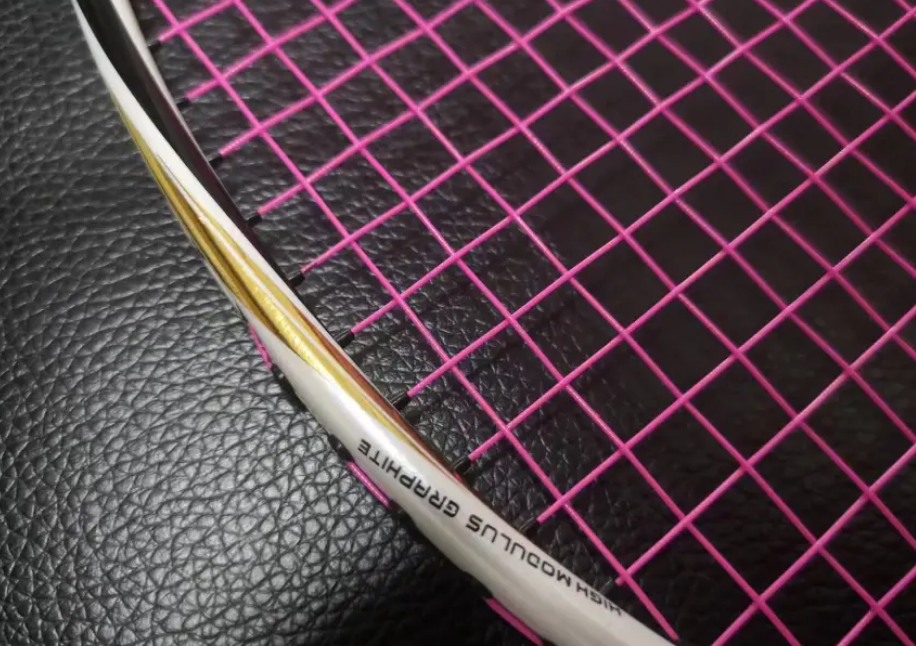How to handle leftover rice? I usually fry it. On the surface, it’s just reheating cold leftovers from the day before, simply to fill the stomach. However, when you add fresh shrimp, crisp peas, prized ham, soaked dried scallops, and seasonal vegetables, it transforms into a gourmet meal.
The pinnacle of fried rice can attract everyone. And when it comes to this, the master of fried rice is none other than Capcom.
Yesterday, I learned something that surprised me: the first company to introduce ultra-light rackets (under 5U) to the market was Bonny. Having already played with three of their Light Feather rackets, the latest in the series, the 280, has recently been re-released. That’s right, it’s a re-release, which makes me want to test Bo Li’s “fried rice” skills.

Specs: 5UG5, pre-strung with a total weight of 88.0g, a balance point of 305mm, shaft length of 220mm, medium stiffness, box frame, 76-hole string bed, 8-4 o’clock string grooves, a tension guarantee of 26lbs, strung at 25-27lbs with KT65 strings. You might remember my complaints about the 260, but after trying the 280, they’ve been completely resolved.
The platinum black color scheme gives off a high-end Bo Li vibe, although it doesn’t break any aesthetic boundaries. The glossy paintwork is smooth, with gold foil stickers used for the lettering and some frame decorations, which are raised to the touch, making me wonder about their durability against wear.

I initially thought the frame would have the same aerodynamic design as previous models in the series, but it’s gone back to a box frame, which surprised me. Though the Light Feather series has always emphasized lightness and elasticity, this time Bo Li raised the balance point while discarding the aerodynamic frame, clearly indicating a holistic approach to balancing easy handling with stable shot output.
Although Bo Li excels at controlling the dry weight of its rackets, the Light Feather series does not use Ultra Carbon, so the finished product can have a ±3g weight variation, meaning you could end up with a rare 4U racket. In practice, the Light Feather’s swing feels similar to some balanced 4U rackets, and it shouldn’t create a high barrier to using the 280. The easy drive sensation remains consistent—effortless clears to the baseline are incredibly satisfying. Plus, with the frame design changes, shot stability and precision have improved. When I tested controlling the shot’s landing between the two baselines, there was still a bit of the 5U floatiness, but for a racket in this weight class, it performs quite well.

If you focus your power more precisely, it can also produce fast and flat drives, similar to the effect of using the K600, though the hitting feedback and shock absorption on the Light Feather are superior.
I believe the shaft of the 280 hasn’t changed much, being limited by the cost and performance expectations of this product line. There’s no need to further tweak the already highly elastic shaft that performs well in its current form. However, the raised balance point is noticeable when it comes to the smash experience. From Light Feather 68 to 153 to 260 and now to 280, the smashing power has gradually increased, along with the thrill and confidence of heavy smashes. In this version, I can even feel a bit of the head-heavy attack racket’s direct feedback when whipping the shuttle. Though the shot is not suddenly more explosive, the shuttle speed is faster, and the sound is notably louder. After enhancing the downstroke’s threat with various techniques, the 280’s intense attack consistency becomes a greater test for your opponent once you outlast their initial defenses.

The only issue is that in singles, you still need to create your own opportunities for rear-court smashes, and the 280’s shots are still a bit floaty in the net game, so it’s better suited to doubles, where its strengths can shine when you’re in control.
It’s not just about continuous offense; the 280 excels in defense too. When defending against smashes, with just a quick squeeze of the fingers, you can lift the shuttle to the rear court. You can repeatedly defend smashes without much effort. Even if your underarm is targeted, taking a half-step back on your dominant side can awkwardly return the shuttle close to the net. Your backhand and overhead defense are even stronger. Even if your opponent pushes you deep into the backcourt on the forehand side, a cross-court lift to the baseline is still possible. However, the 280’s flat drives could be crisper; I wonder if Bo Li plans to release a new version with a stiffer shaft?

The key point is that with the 280, you can maintain a consistent pace throughout the entire evening without worrying about fatigue in the later stages of play. As Captain America would say, “I can do this all day.” This impressive endurance comes from its low weight, low swing weight, and energy-saving elasticity. It’s perfect for casual play but also equips the Light Feather with the ability to wear down opponents through endurance tactics. Against players of similar skill, continuous pressure and movement lead to a satisfying victory.







